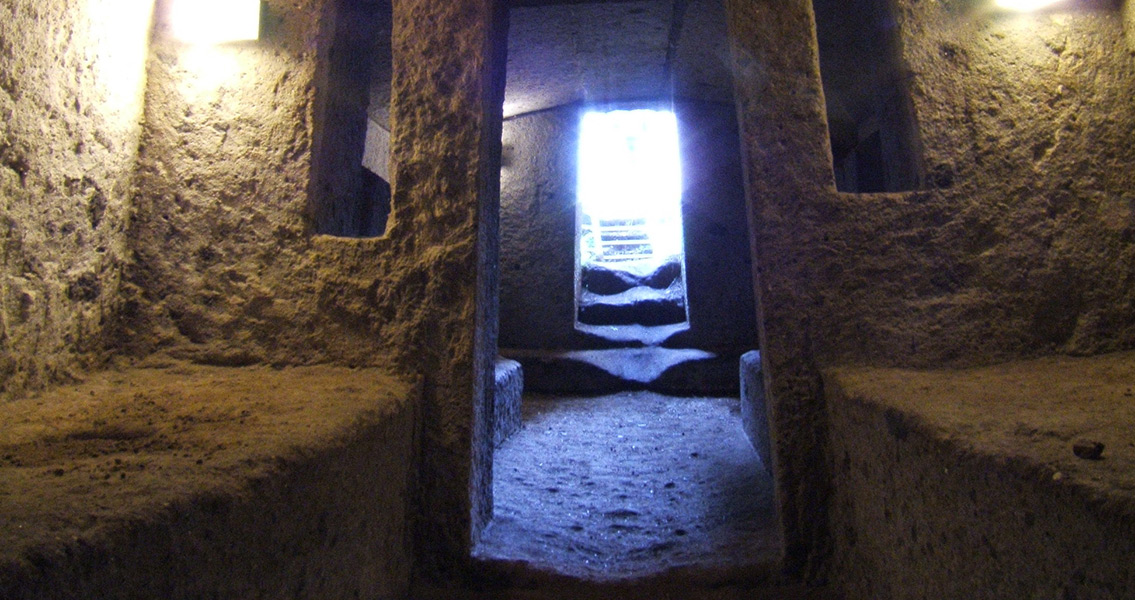<![CDATA[An undisturbed fourth century BCE Etruscan tomb, largely intact and complete with mummified remains, has been discovered near the Italian town of Città della Pieve. An incredibly rare find, the tomb itself is replete with grave goods and the enigmatic head of a marble statue, according to Clarita Natalini, a representative from the Umbria region of Italy’s archaeological superintendency. The official told Discovery News in an interview that the discovery was a totally unexpected one, largely because it was completely undisturbed – likely due to how far away the location is from those frequented by tomb robbers. The tomb was discovered by a farmer who had been plowing his field when a void in the earth opened up, revealing the enigmatic historical site. The Etruscans were a major force for civilization from the beginning of their primacy in the region, which has been traced to 900 BCE. Thought to have been instrumental in teaching the French the secrets of winemaking, providing instruction to the Romans in their road-building, and one of the driving forces in introducing writing to the European continent, the Etruscans are understood to have been one of the most important communities in the region for around 500 years. As the Romans grew in power, the Etruscans were fated to become part and parcel to the former’s empire, but not before earning a reputation for art and metalworking as well as agricultural pursuits and commerce. The language of the Etruscans, one that did not have its roots in Indo-European as so many modern languages do, is largely lost to antiquity due to a lack of any surviving literature produced by the civilization. This has left archaeologists and anthropologists eager to discover more about the enigmatic people. The lion’s share of the knowledge modern scientists and researchers have concerning the Etruscans comes from burial sites, which were typically composed of lavishly decorated tombs. The newly discovered burial site is no exception to this, in fact it has incredible potential because it has so long been undisturbed. The initial investigations made by Natalini and her research team led them to discover a heavy stone double door, perfectly sealed, at the terminal end of the entrance of the tomb. Upon unsealing these doors, the rectangular chamber within revealed not one but two sarcophagi, a quartet of marble urns, and additional grave goods as well. One sarcophagus, constructed from stone, had a lengthy inscription upon it – the only word it has been possible to translate so far is “Laris”, a common name among Etruscan males. Within the coffin, the remains of a male skeleton had been laid to rest. The researchers will continue to attempt to decipher the inscription in order to discover more about who this man was in life. Meanwhile, the second of the two sarcophagi, which had been covered in plaster and then painted, also bears an inscription awaiting translation. ]]>
Undisturbed Etruscan Tomb Discovered in Italy
